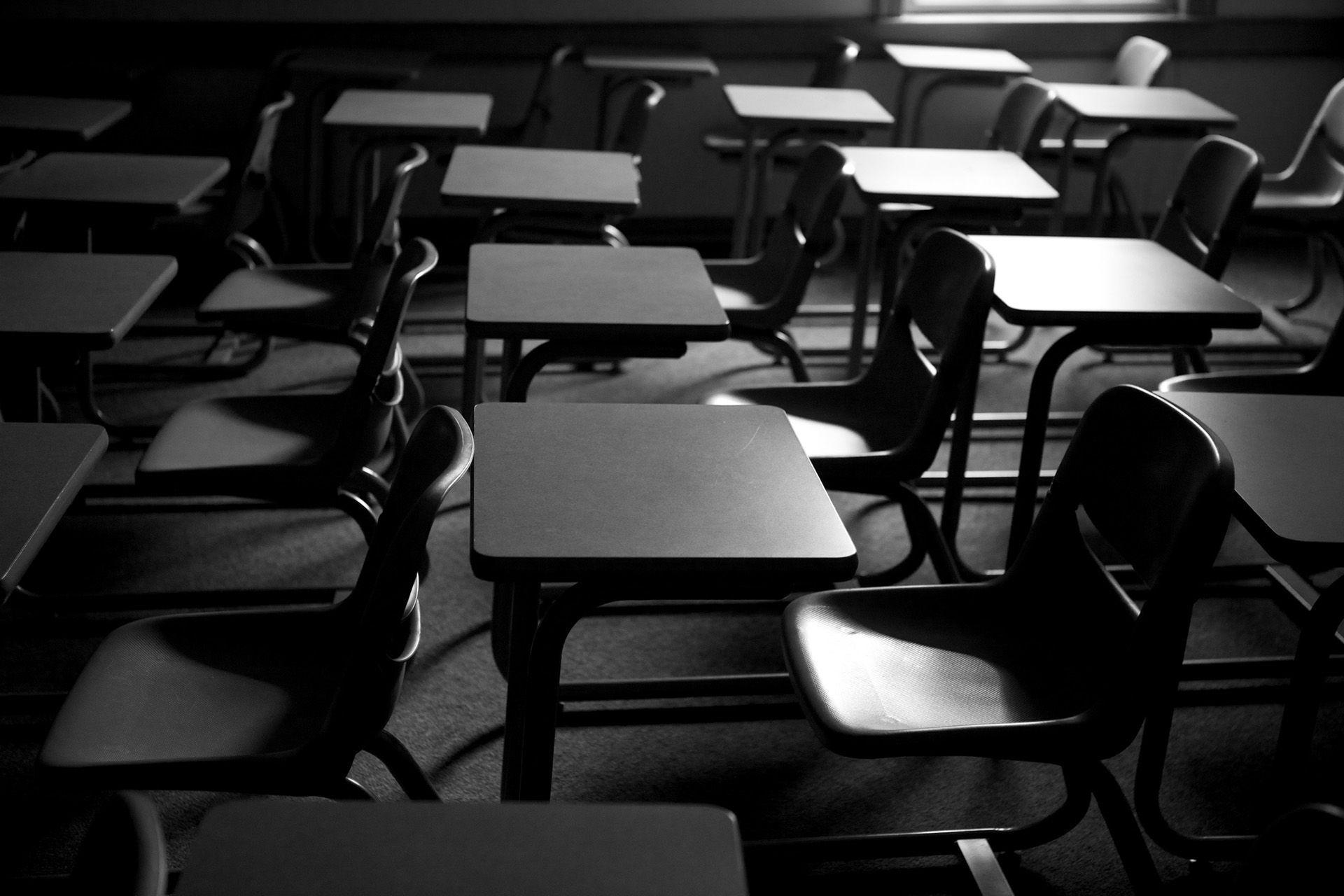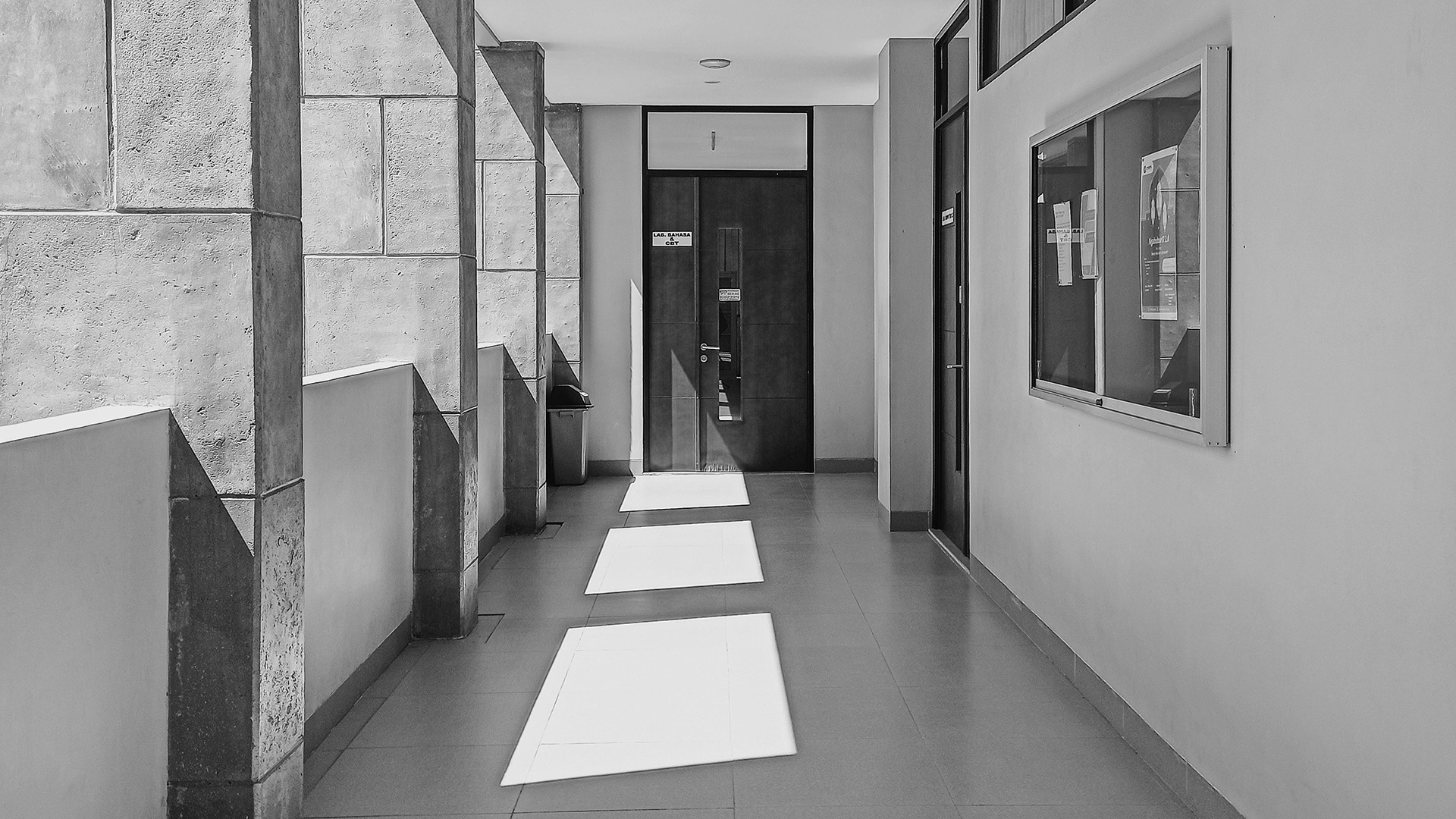.jpg)

Rethinking Classroom Comfort: Helping or Hindering Learning?
.jpg)

Froukje van Dijken
Healthy Buildings Specialist
As temperatures rise, maintaining a good indoor climate in schools is essential. Overheating in classrooms affects the wellbeing, health, and learning performance of students and teachers.
bba Binnenmilieu, a consulting firm specialising in indoor climate and its impact on people, and Somfy are exploring how innovations like automated shading systems can help prevent this issue.
"A good indoor climate promotes comfort, health, and productivity for students and teachers. What do we mean by comfort? A pleasant temperature, good air quality, natural light without glare, and minimal distractions from surrounding noise. The indoor environment should not cause headaches or fatigue and should reduce the risk of infections. As a result, productivity improves, enabling students to concentrate and perform at their best," explains Froukje van Dijken, a Healthy Building Specialist at bba.
"Many schools have struggled with a poor indoor climate for years, which negatively impacts students’ academic journeys. Classroom overheating reduces cognitive performance, causes discomfort, and can even lead to long-term health problems. Research by Pawel Wargocki from the Technical University of Denmark shows that for every 1°C increase, students' task performance slows by 1 to 2%, though error rates do not increase. A good indoor climate is crucial for learning outcomes," she says.
"Overheating in schools is becoming even more problematic now, due to climate change and outdated building designs. Older schools were often designed to retain the heat, which of course then contributes to overheating as temperatures rise outside. And modern schools are not without issue, they frequently lack windows that open for passive cooling, causing classrooms and other indoor spaces to become too warm in spring and autumn. Overheating disrupts students' concentration and health and increases reliance on energy-intensive cooling systems, which drives up costs and undermines sustainability goals," notes Kasper Oudshoorn from Somfy.

A Mix of Solutions is Needed
Addressing overheating in schools requires a combination of passive and active solutions:
- Automated Shading Systems: Dynamic shading helps regulate indoor temperatures by controlling solar heat. These systems cool classrooms and reduce dependency on air conditioning, making them more energy-efficient and equally comfortable. Well-designed screens also control daylight for optimal visual comfort.
- Ventilation Systems: Improved ventilation is essential for managing temperature (removing heat) and air quality. Regular maintenance of mechanical systems is crucial to maintain good air quality (preventing complaints about "dry air" or mucous membrane irritation due to contaminants).
- Passive Cooling: Open windows can maximize passive cooling. Large windows placed low create a breeze, while smaller, high windows circulate fresh air and reduce the need for artificial cooling. Ceiling fans can also contribute to passive cooling by increasing airspeed, which lowers the perceived temperature.
“These basic measures help maintain comfortable temperatures, and when combined with shading systems, they reduce overheating. As the climate warms, these measures are increasingly important to control energy use for active cooling," suggests Froukje.
"Smart building technologies are essential for efficiently managing school buildings, but it’s equally important to give teachers and students control over their environment. Automated systems help create comfortable conditions based on the current weather. When you combine automated systems with the option for ‘local control’ of shading it increases satisfaction," shares Kasper.
"Innovative technologies like automated shading systems are changing how schools manage their indoor climate. Classrooms are typically designed to let in plenty of natural light, which positively impacts learning. However, too much of a good thing, in this case daylight can cause glare, eye strain, and discomfort, especially with digital boards or LED screens. And when you consider that each student generates as much heat as a 100-watt lightbulb, classrooms can also quickly overheat. Combined with sunlight, especially in spring and autumn, this combination can disrupt the learning process.
Automated shading systems control light and heat, ensuring optimal teaching conditions without blocking natural light or views. These systems can even operate when no one is present, keeping classrooms comfortable before students even arrive. Shading experts can resolve technical issues remotely, so lessons are not disrupted," he continues.
PRISM
The innovative calculation tool, PRISM Schools, developed by DGMR and bba Binnenmilieu on behalf of Somfy, provides designers, building owners, and other stakeholders with an insight into the impact of dynamic shading on indoor climate and building sustainability.
So what can we do now to secure the comfort and wellbeing of schoolchildren? To address the growing issue of overheating, schools should start to consider and adopt a balanced approach that combines innovative technologies like automated shading with passive cooling techniques. This approach improves comfort, reduces energy consumption, and lowers operational costs. If decision-makers invest now in solutions that prevent overheating and improve indoor air quality, the benefits for students and teachers are clear and the contribution to the school's long-term sustainability goals can be secured.